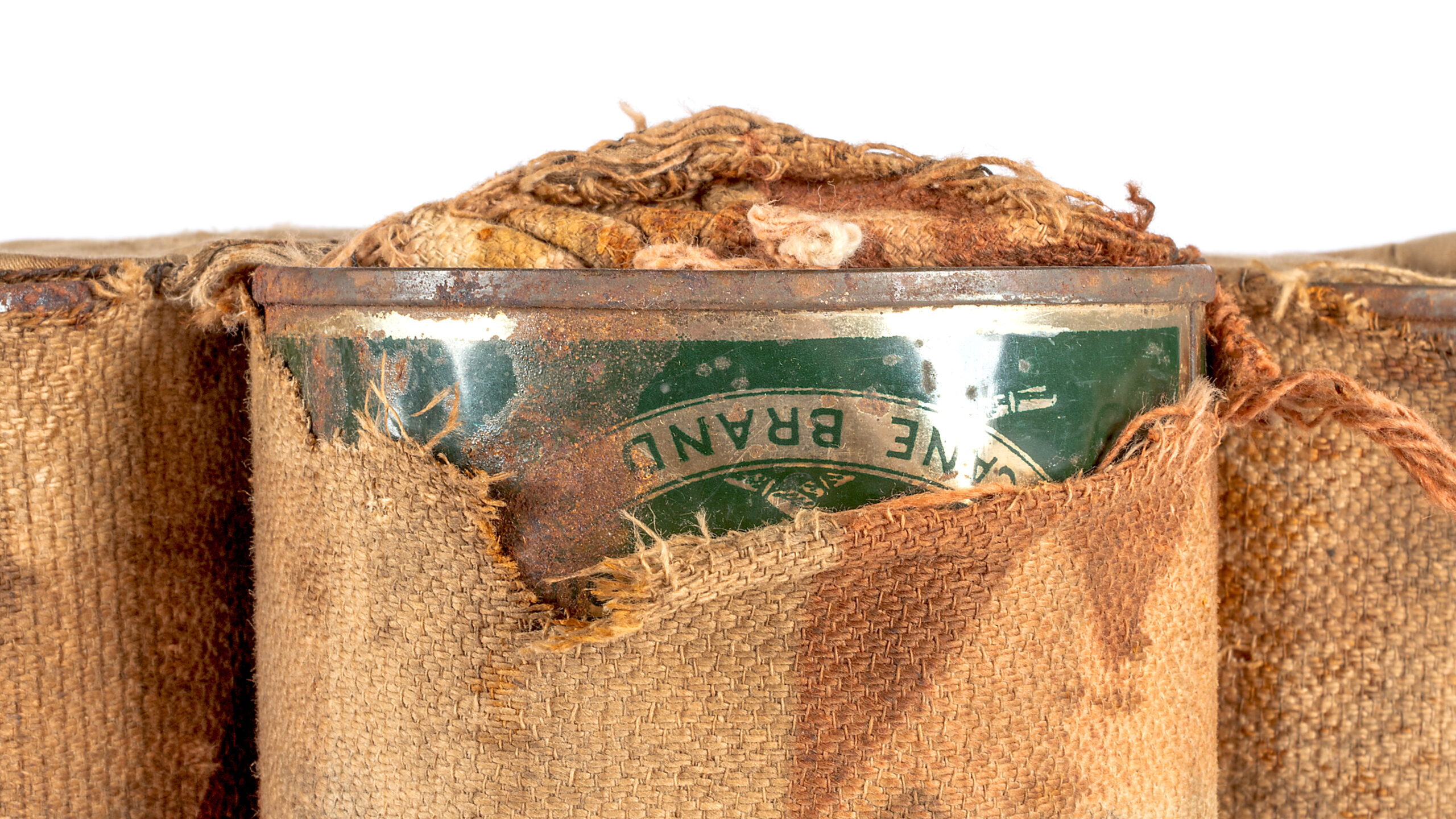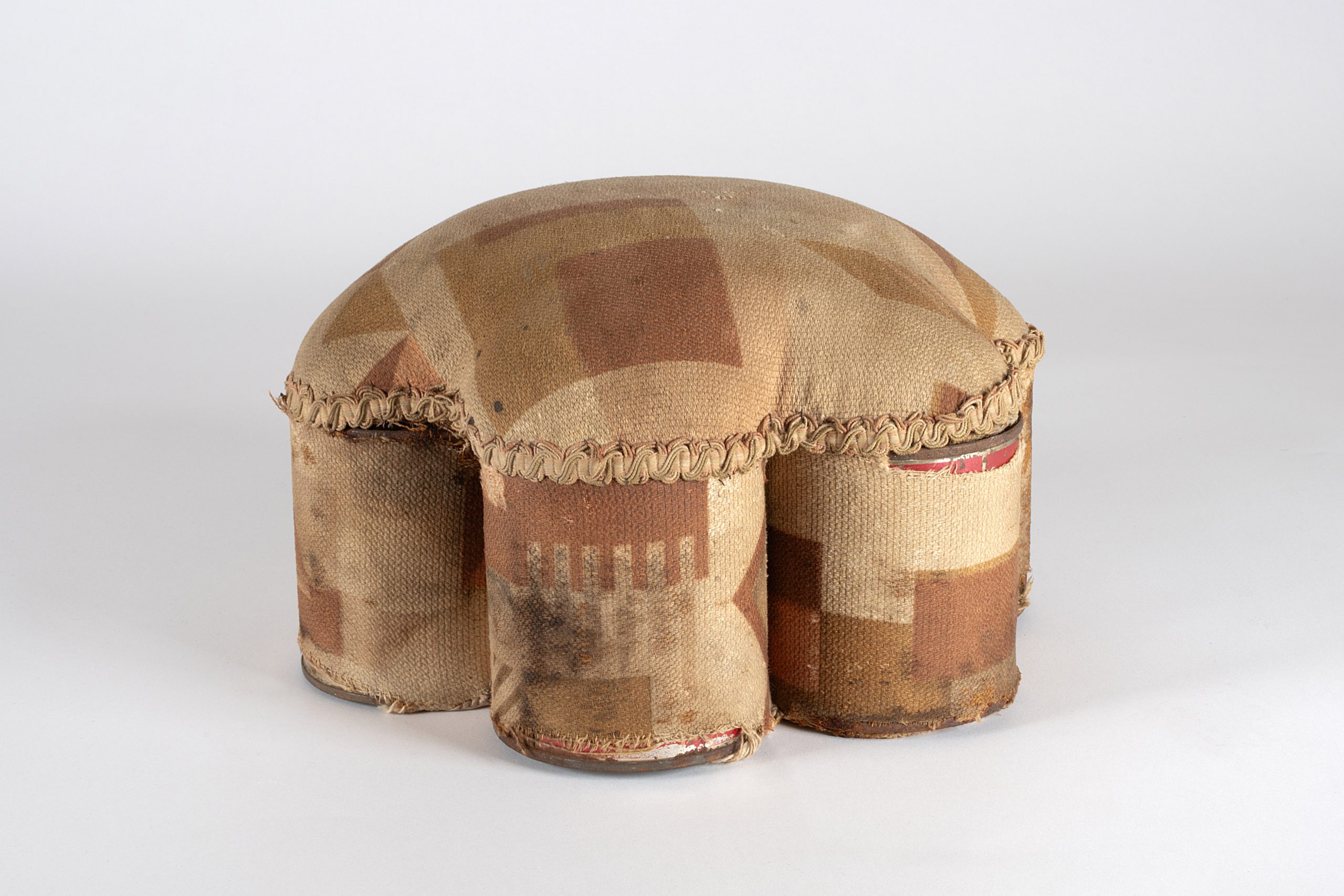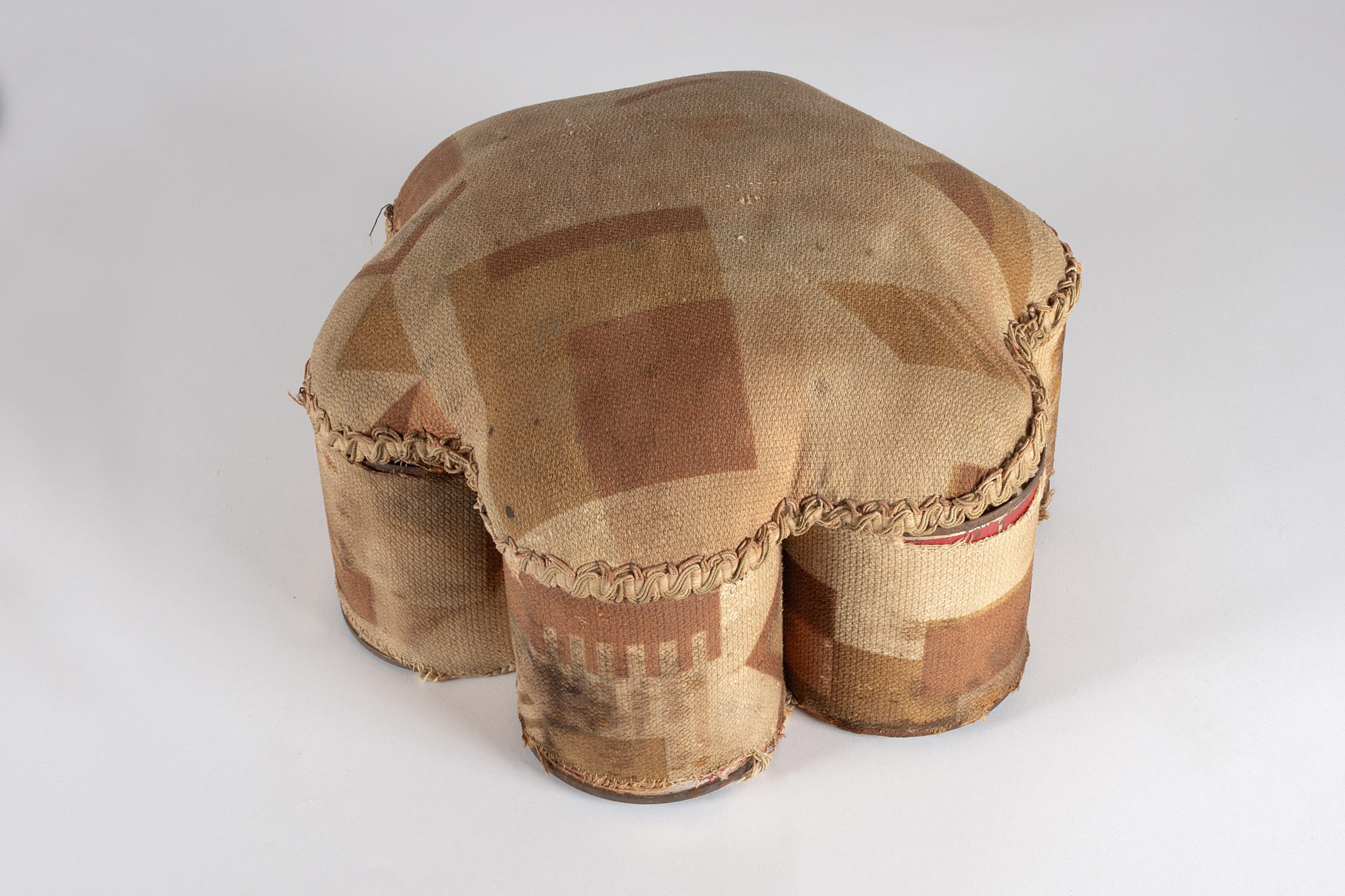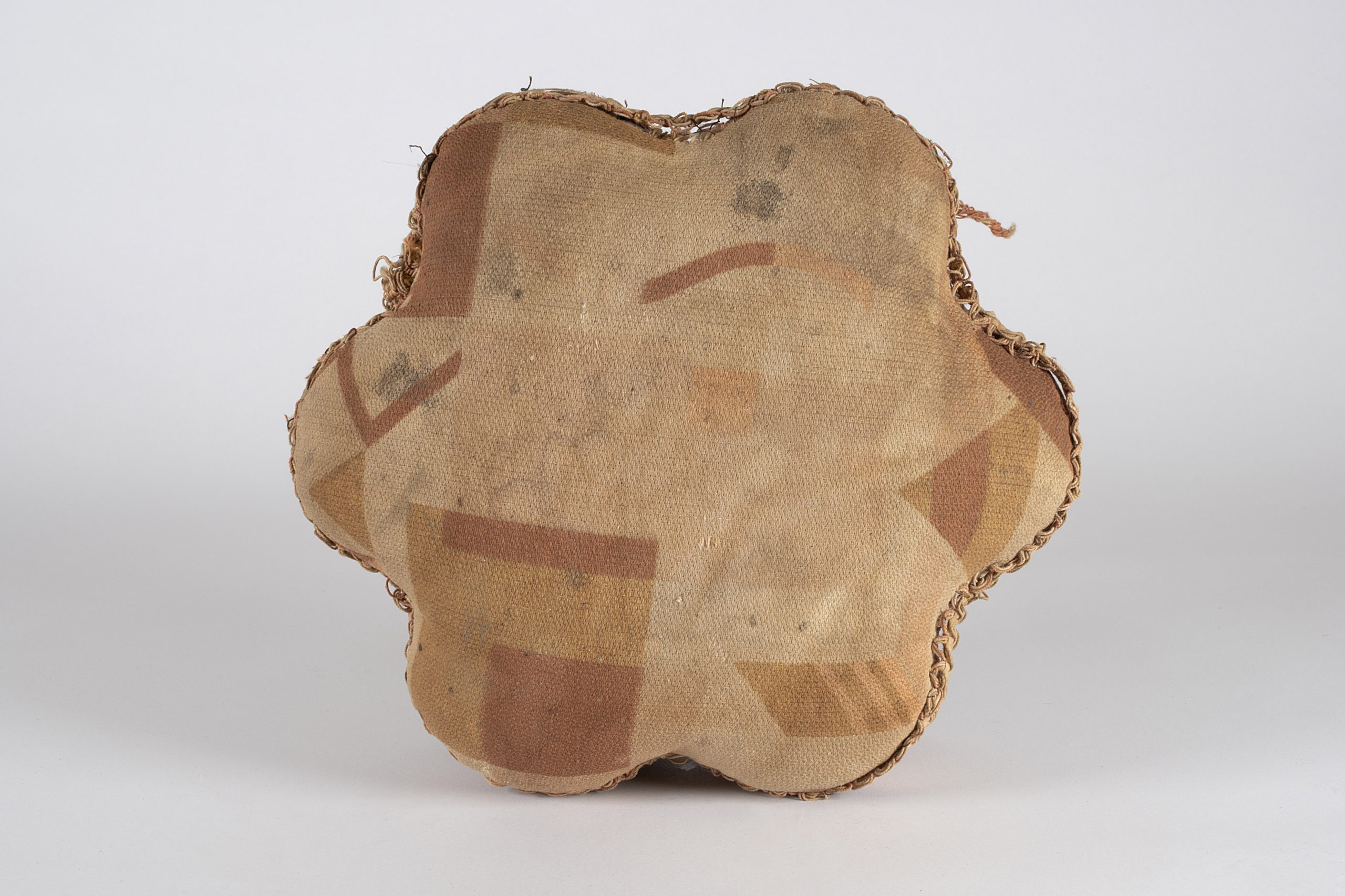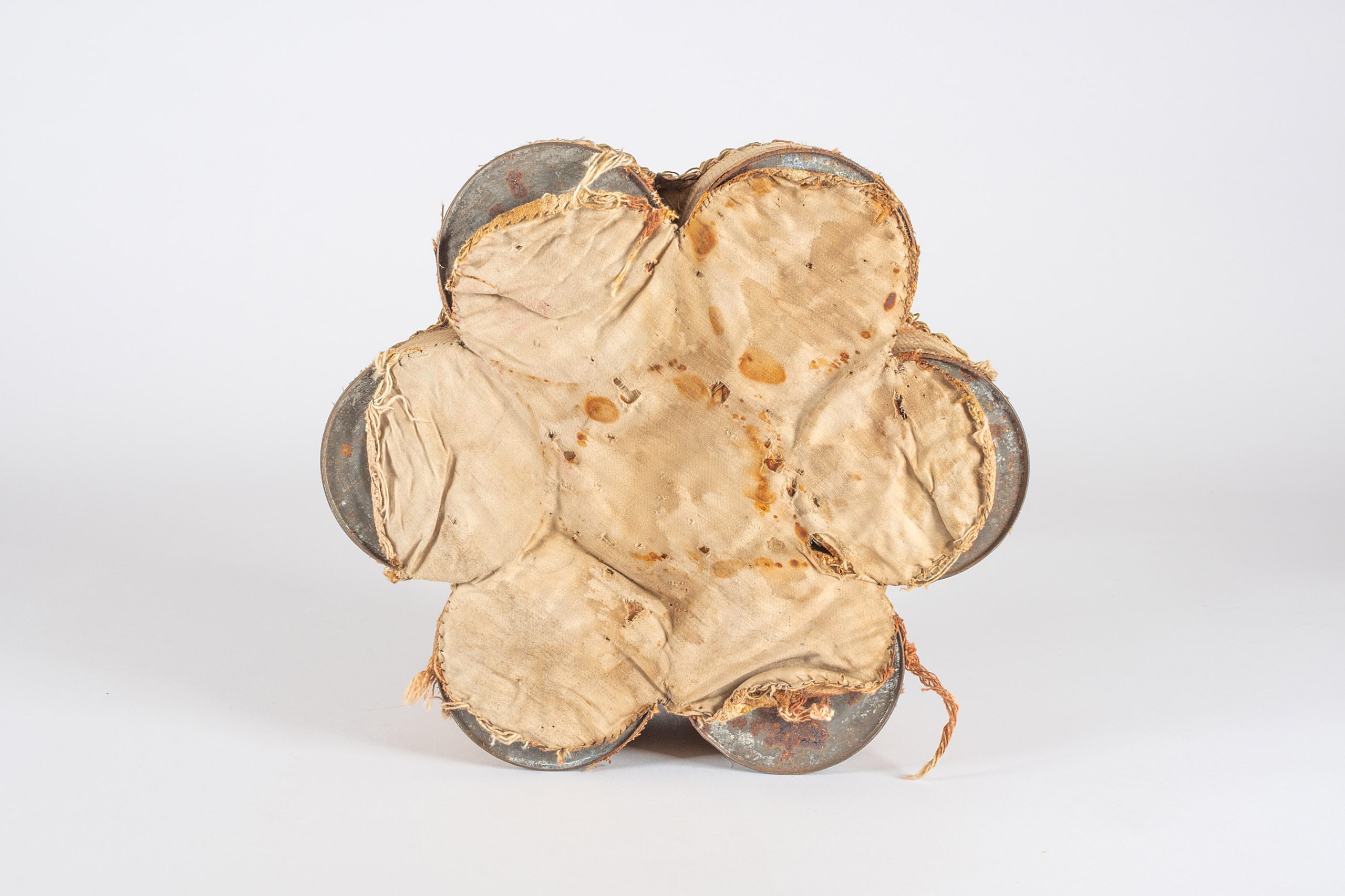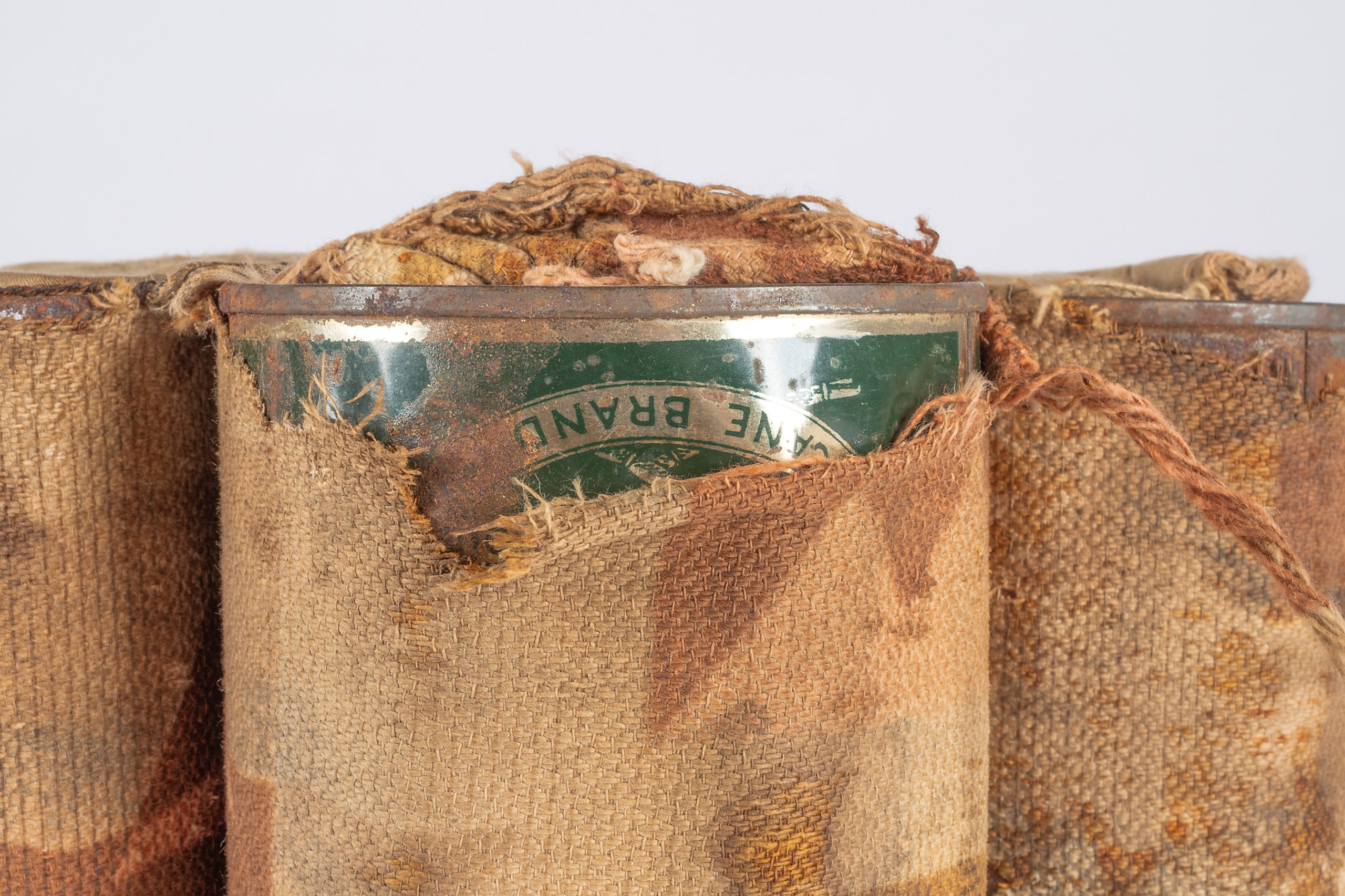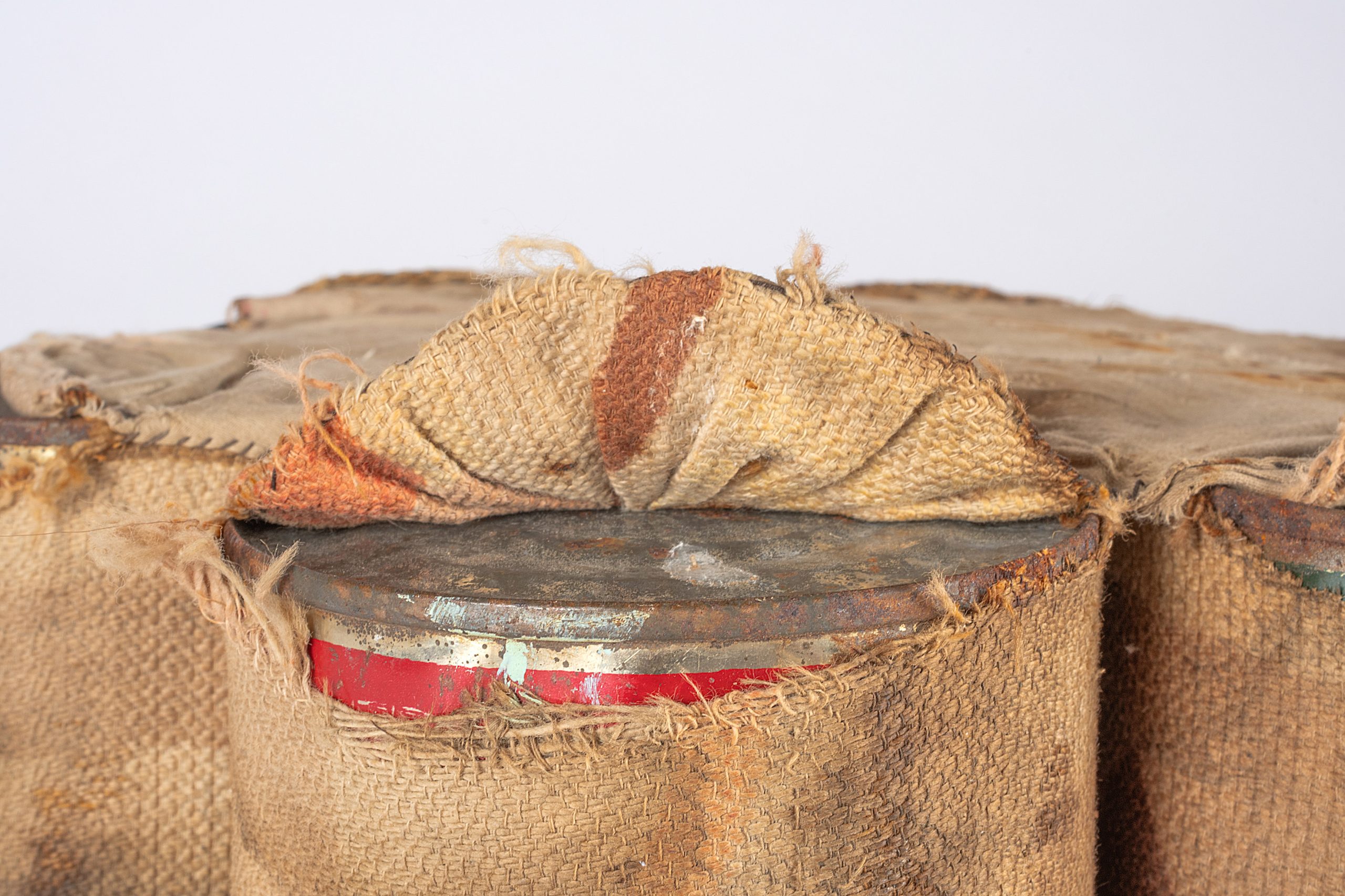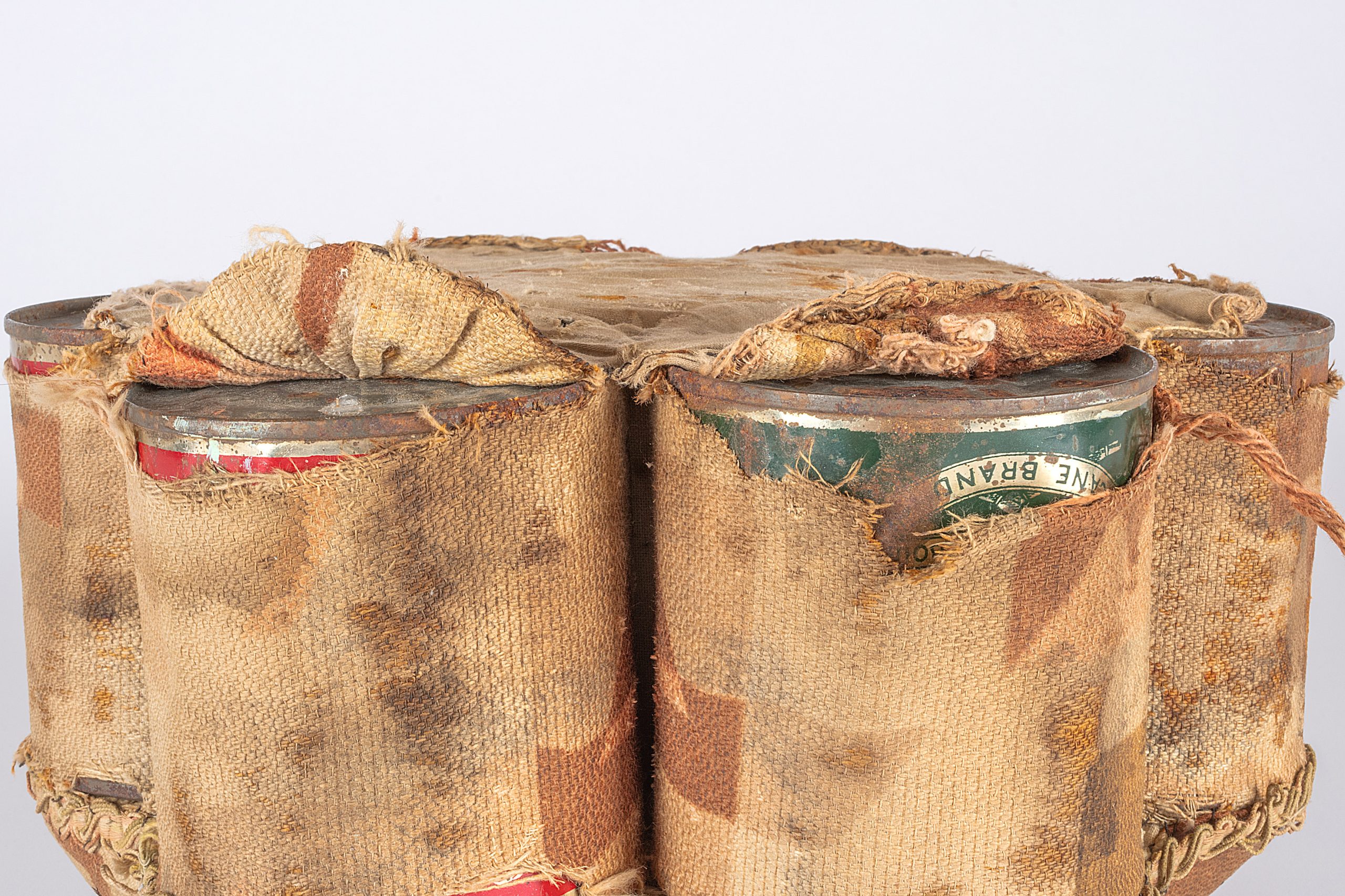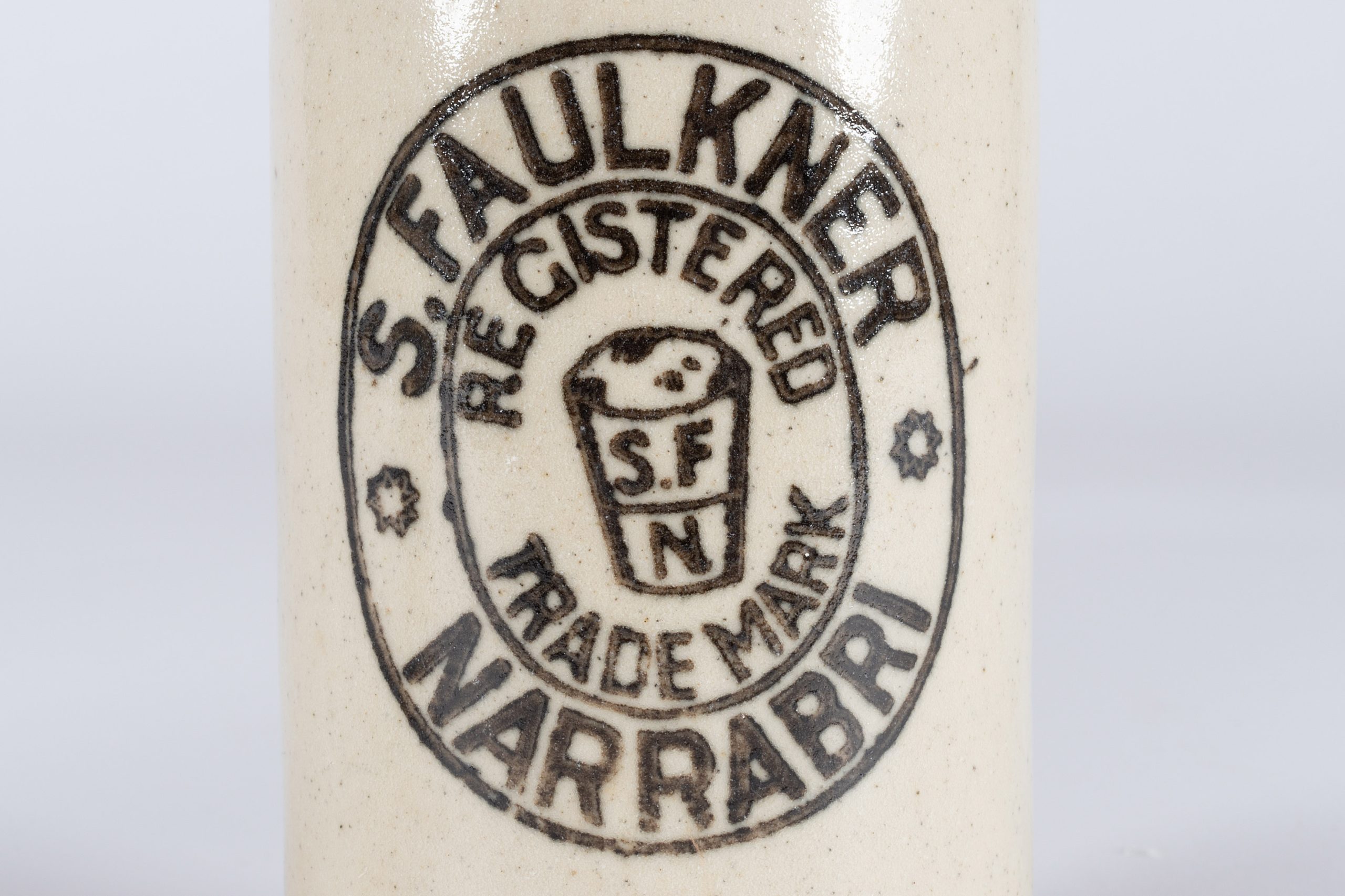Sweet Survival
Handmade Furniture of the Great Depression
In late 1929, stock markets crashed and the world fell into the Great Depression. By 1932, one in three Australian breadwinners were unemployed. Families queued at soup kitchens or relied on government payments that allowed them to buy only the bare minimum of food.
For many poor families, the staple meal was bread and ‘dripping’ (fat from roasted meat) or bread and ‘cocky’s joy’ (golden syrup). Golden syrup, also known as light treacle, is a by-product of refining sugar cane. It was cheaper than jam and easily transported in tins, so became a substitute for butter, honey or milk.
When they were empty, golden syrup tins were also perfect for making furniture at a time when many household items became luxuries. People had to recycle, mend or re-use items and make do with what they had.
During the Depression, enterprising people without jobs created all types of items and hawked their wares door-to-door. Too cumbersome to carry, this footstool was likely made by the family who used it. After queuing for food or walking miles each day in search of work, the opportunity to kick up their feet was probably treasured.
Made from seven golden syrup tins, the footstool is upholstered with a brown geometric fabric, possibly recycled from curtains or other furnishings. The golden syrup was manufactured by the Colonial Sugar Refining Company (CSR) which had refineries in Adelaide, Melbourne, Sydney, and Brisbane. The company was founded in 1855 by Sir Edward Knox who came to Australia from Denmark in 1840.
It took Australia almost a decade to recover from the Great Depression. This sweet footrest is a reminder of a time when things could not easily be replaced and people had to make do.


